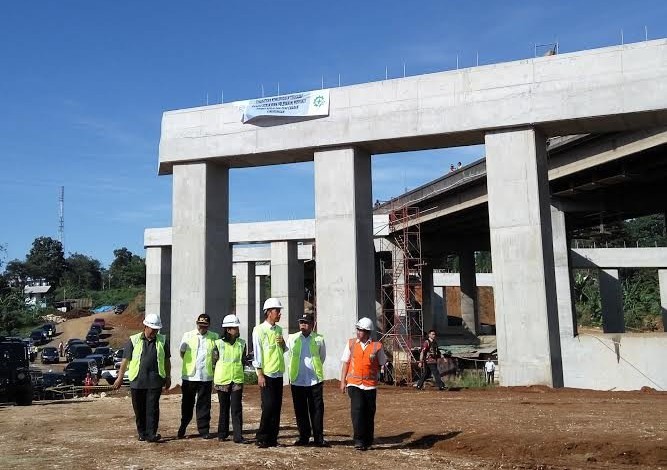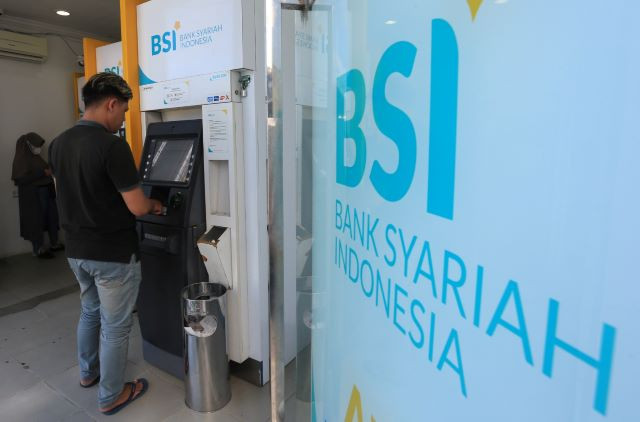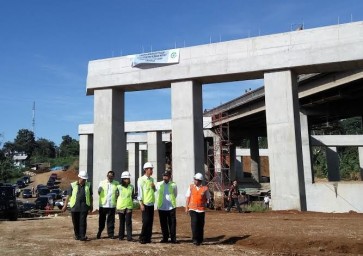Asia's next infrastructure boom
The demand for infrastructure across Asia and the Pacific far outstrips current supply, according to a recent ADB report, Meeting Asia’s Infrastructure Needs.
Change Size
 Infrastructure race: President Joko “Jokowi” Widodo (third from right) inspects a section of a toll road construction project in Bogor, West Java, during a recent visit. (JP/Ayomi Amindoni)
Infrastructure race: President Joko “Jokowi” Widodo (third from right) inspects a section of a toll road construction project in Bogor, West Java, during a recent visit. (JP/Ayomi Amindoni)
I
nfrastructure is essential for development. Roads, railways, ports and power supplies have helped drive Asia’s growth, allowing its people to get to work and its products to reach markets.
For this momentum to continue, the region’s existing stock of infrastructure must be upgraded. A new generation of transport networks, energy facilities, and water and sanitation systems must be built.
The demand for infrastructure across Asia and the Pacific far outstrips current supply, according to a recent ADB report, Meeting Asia’s Infrastructure Needs. More than US$26 trillion will be needed between 2016 and 2030, or $1.7 trillion a year, to deliver infrastructure that supports robust growth and is resilient to climate change. That’s double the amount spent annually at present.
How can we close the gap? Asia’s governments alone cannot foot this staggering bill, and the private sector can be reluctant, often with good reason, to shoulder the risk. Coordinated action is the only way forward. Otherwise, growth opportunities will be missed and it will take longer for countries to lift their citizens out of poverty.
History provides lessons on how we might move ahead. In the 1800s, the construction of the Transcontinental Railway in the United States and the British and Japanese railway systems helped revolutionize industry in those countries. This is what good infrastructure does — provide the backbone for economic activity to take place.
The private sector played a key role. Britain’s railway system, the oldest in the world, grew from a patchwork of local lines built by small private railway firms.
The Transcontinental Railroad was built by two private companies, the Union Pacific and Central Pacific. By the 1890s, private lines accounted for over 70 percent of Japan’s railway network.

















